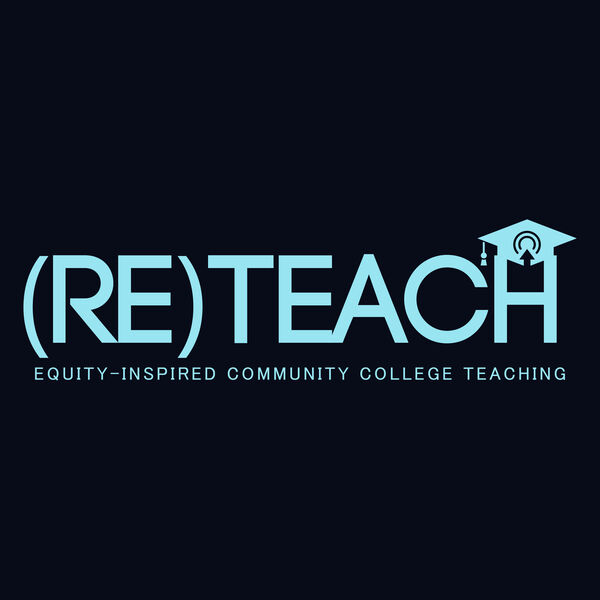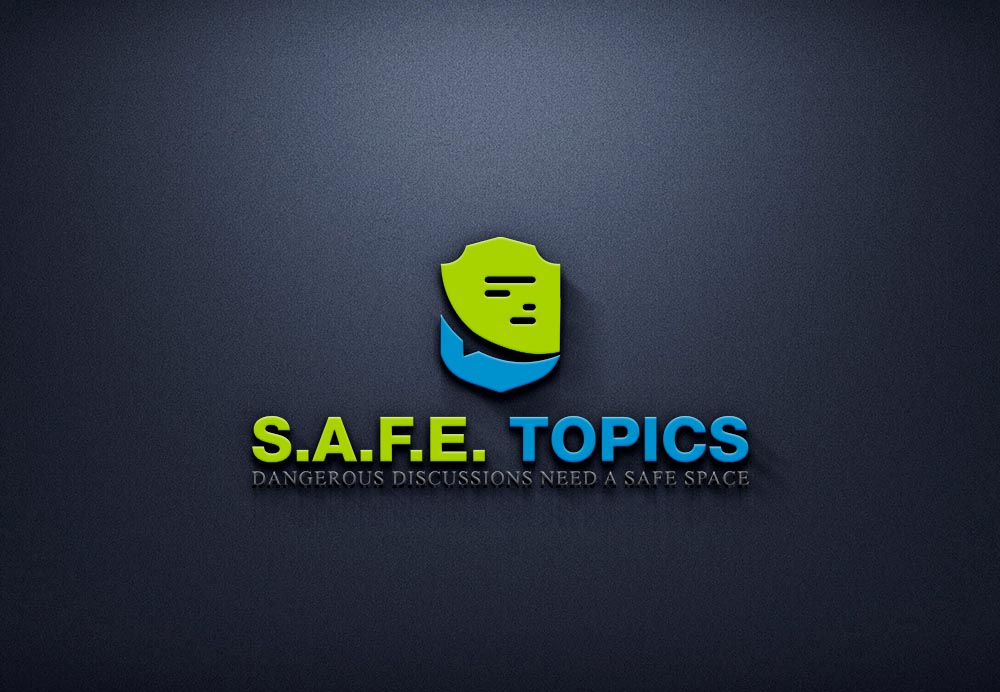C3-2-1 Newsletter – Week Seven!
Hello, Faculty Community!
***You are receiving this newsletter because you are a faculty member at MiraCosta College. I, Sean Davis, am the coordinator of our C3 Teaching and Learning Center***
For our resources this week, we focus on the local (MiraCosta), regional (NCHEA), and national (NCORE) work being done to create more justice-oriented spaces in higher education.
3 resources related to teaching and learning, 2 online tips and tricks, and 1 question for reflection
Looking for archived resources, tips/tricks, and questions?
Revisit the past editions of the C3-2-1 Newsletter here.
Want to share?
If you have some resources, tips/tricks, and questions to share, please contribute to the newsletter using this C3-2-1 Form.

(3) Resources
1. Black Community Ally Training (BCAT)
The Black Community Ally Training is a self-paced 4-part interactive training designed to increase participants’ understanding of anti-Black racism and strengthen strategies and skills to advance racial equity for the Black community at MiraCosta College.
The training is open to all MiraCosta employees (staff and faculty). Participants will work with a cohort of peers across 4-5 weeks navigating through 4 modules in a Canvas course. The training is designed for 1 module to be completed each week with approximately 2 hours of work expected in each module. The 4th module requires participants to attend a 1.5 hour in-person zoom session focused on how to apply and put into practice what you learned. Supervisors are encouraged to support staff/faculty interested in attending the live session during work hours. The BCAT is flex eligible.
To sign-up for the BCAT:
- Complete the BCAT application/Pre-Survey
- You will receive a confirmation email with dates for your cohort class and live session
- Start the training!
If you have questions, you can contact bcat@miracosta.edu
2. NCHEA Tri-Equity: Embodying Anti-Racist Conference
Here is a part of the message sent out by one of the organizers – our own, Rachel Hastings:
Please allow me to formally invite you our Fall Tri Equity: Embodying Anti-Racism Conference on Saturday, October 24, 2020 from 8am – 8pm (Register here, Click Join Event). Tri-Equity features an array of Race and Equity scholars, gifting us with symposium style conversations and interactive trainings.
After investing in an exceptional amount of elbow-grease into embedding anti-racism into our institutional practices, all of “us” campus experts need a breather. Please consider our “come and go as you please” conference as an invitation to take a deep, cleansing breath while remaining 100% checked into the movement. Our conference is open to all governance, community members, and especially our students.
3. NCORE Webinar Series – Multiple Front Lines Involved in What We Call (Online) Learning
Here is the webinar description:
This session will help faculty gain an understanding of the needs of students in the online classrooms, how their individual situations during this time interface with the classroom learning environment, and through it all, how to keep your students engaged. We will provide tools and strategies that can help faculty adapt to their new online classroom and help students succeed.
I sent something out about this one on Monday, October 5. Check out that email for specific registration instructions.
(2) Online Tips and Tricks
1. Embedding Google Docs into Your Canvas Pages
Using Google Docs and Canvas in tandem can help you in several ways. If you embed your course schedule in Canvas using Google Docs, you can easily and instantly make changes to assignment and activity deadlines. Moreover, you can create collaborative opportunities for students to engage in and track their learning in real-time
2. Using Your Presentation Slides as Your Virtual Background in Zoom
Chad Tsuyuki sent me this neat suggestion!
Zoom has a new feature that allows you to use your presentation slides as your virtual background. I just tried it out and realized that if I want to use this, I will have to reformat my slides to account for my little head in the lower right corner.
Note: This software is in beta. Your presentation’s sounds, transitions, and animations are not supported at this time.
(1) Question
Since we know Spring will look much like this, do we want Spring to look much like this?
Stay joyful,
Sean Davis
Joyful Teacher in Residence
Coordinator, C3 Teaching and Learning Center



